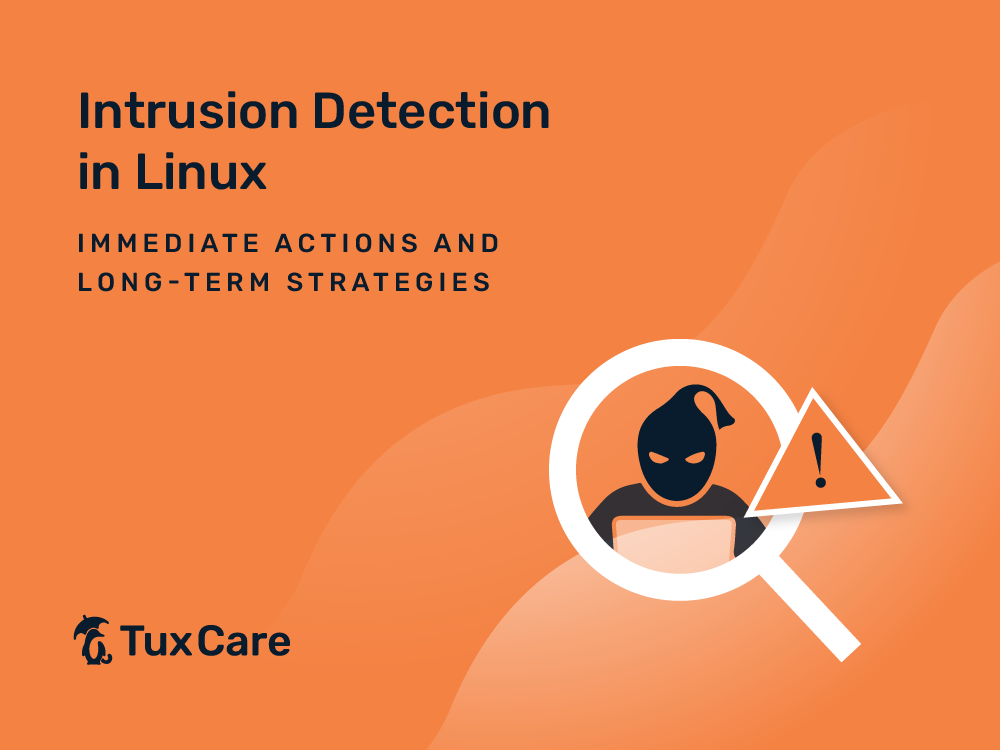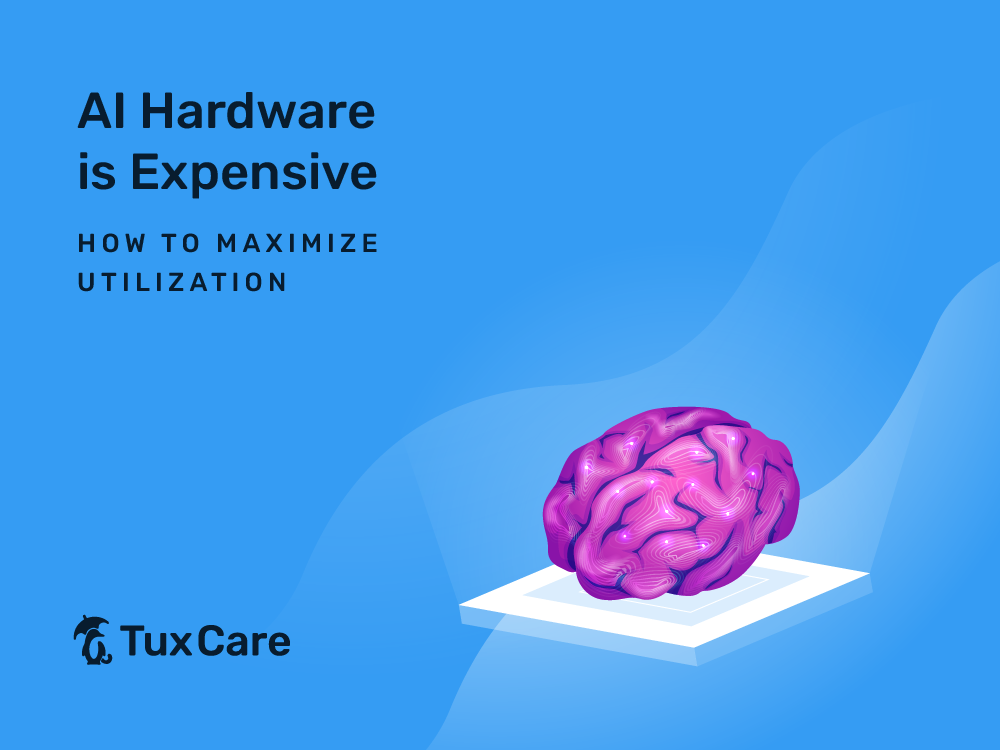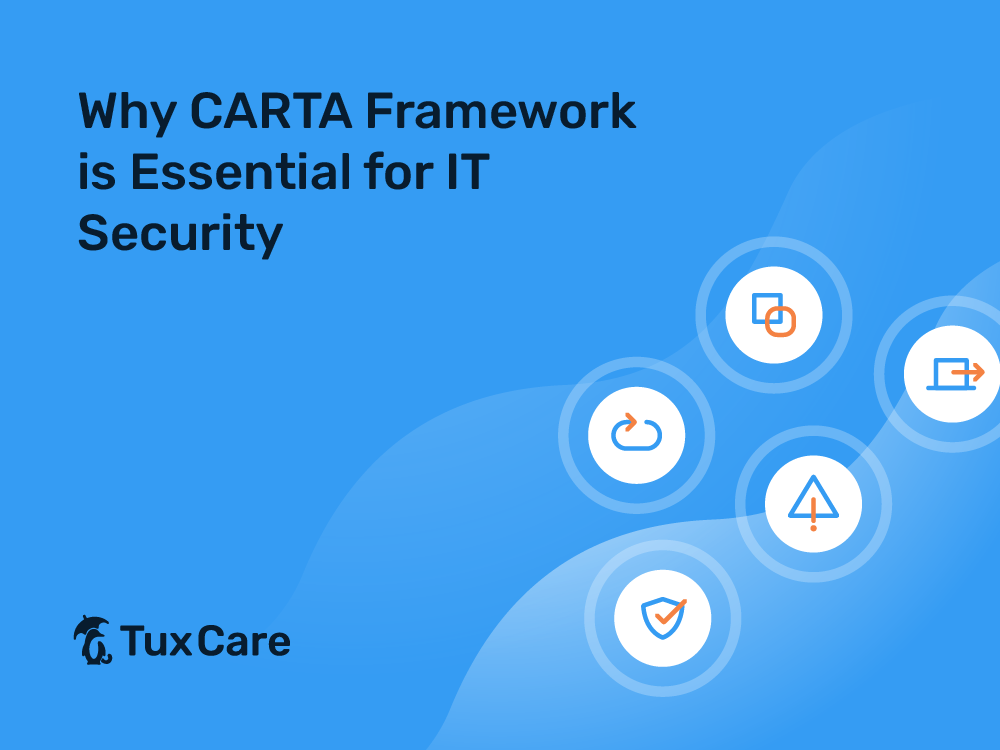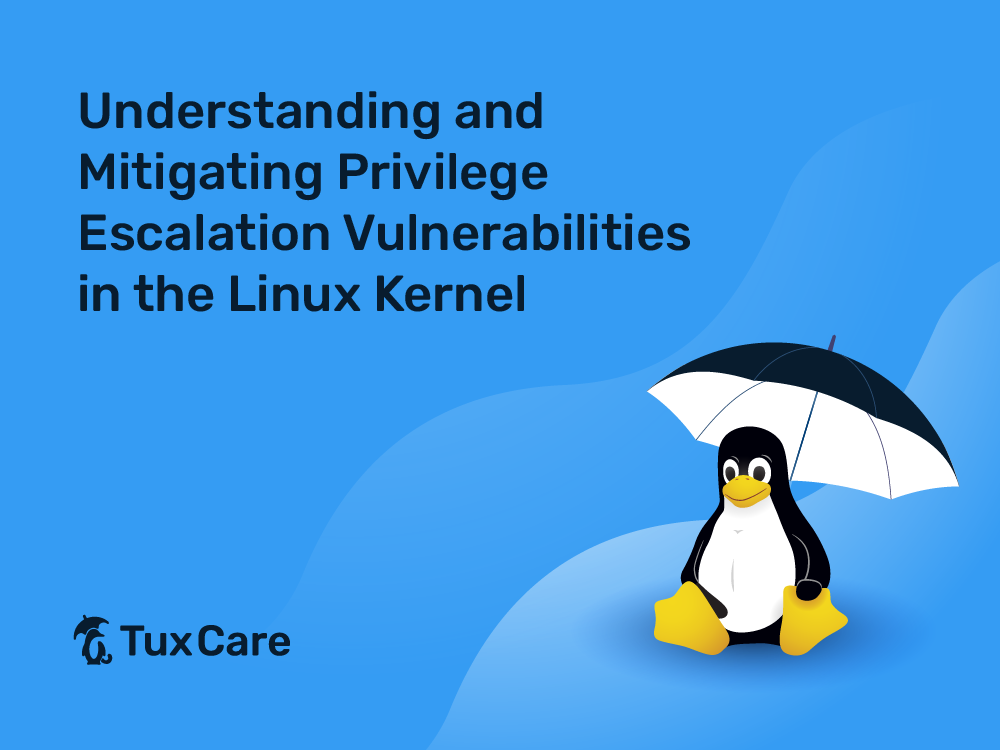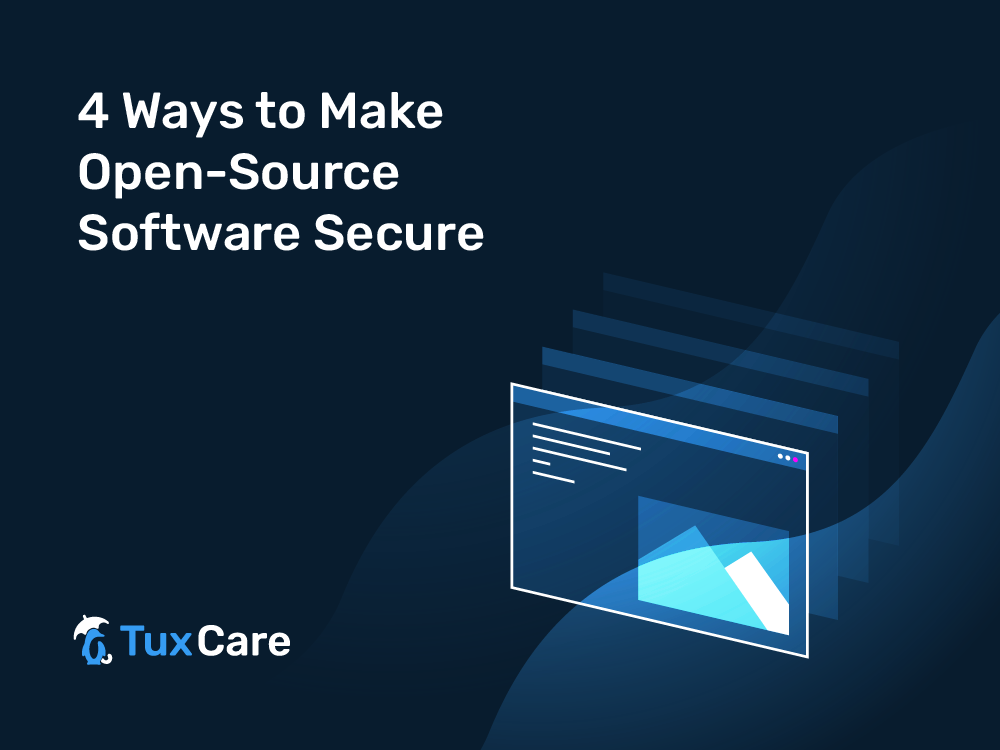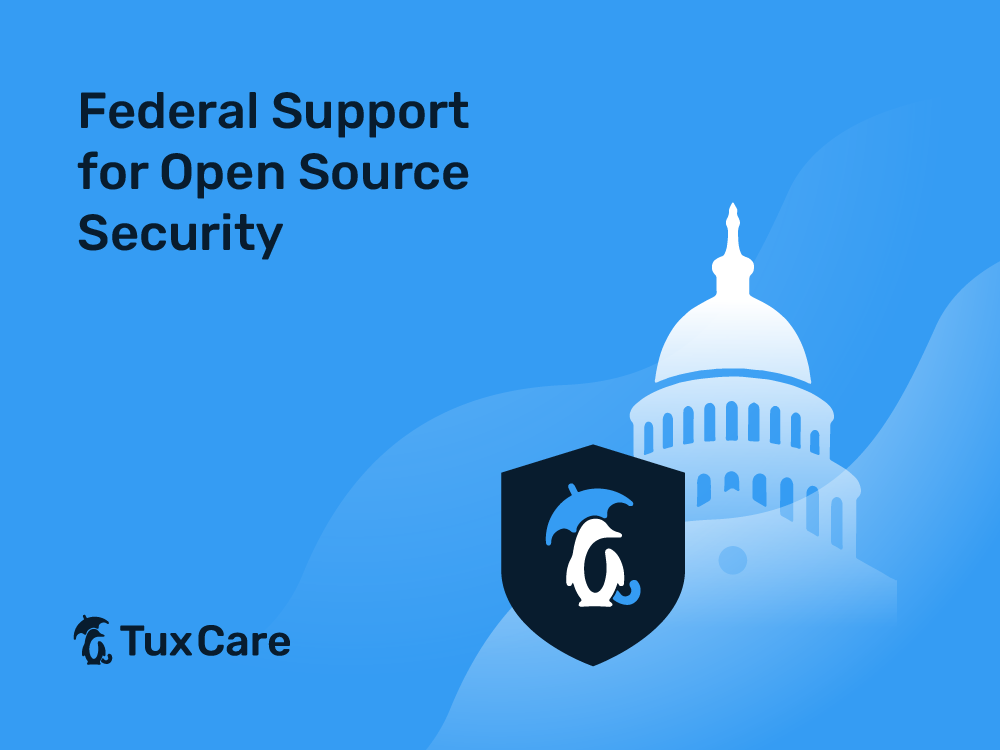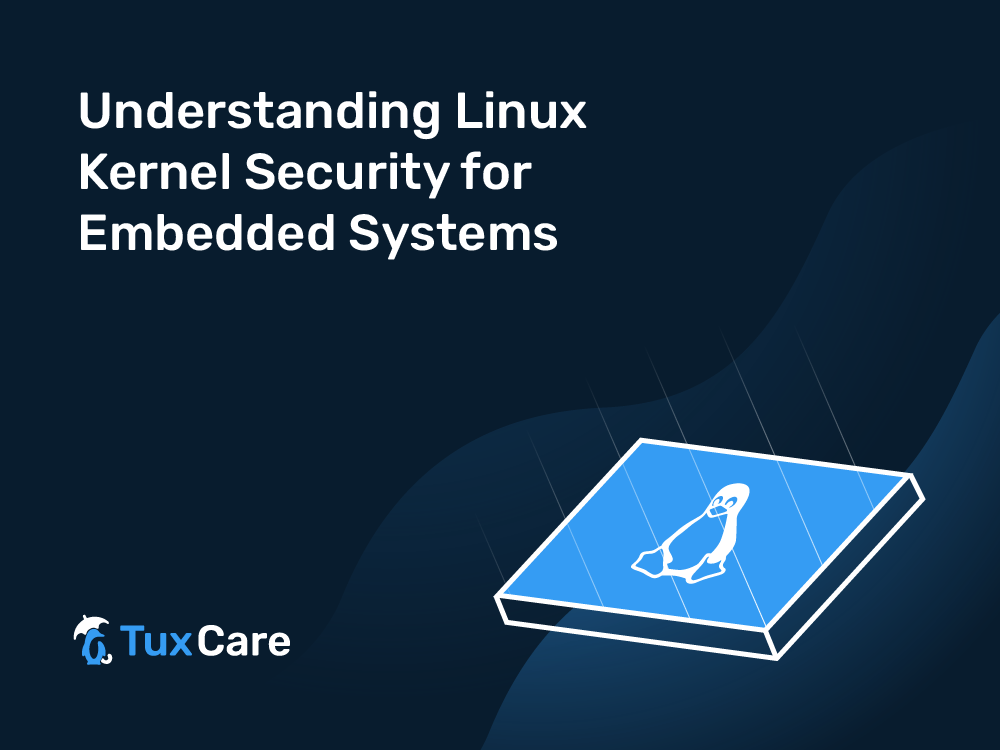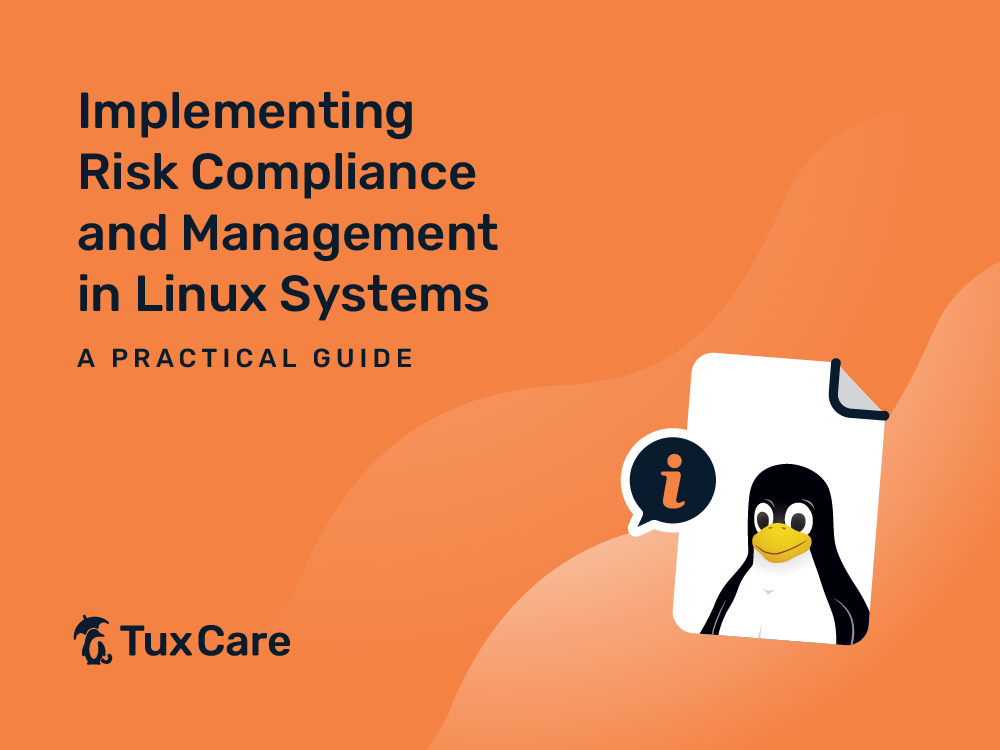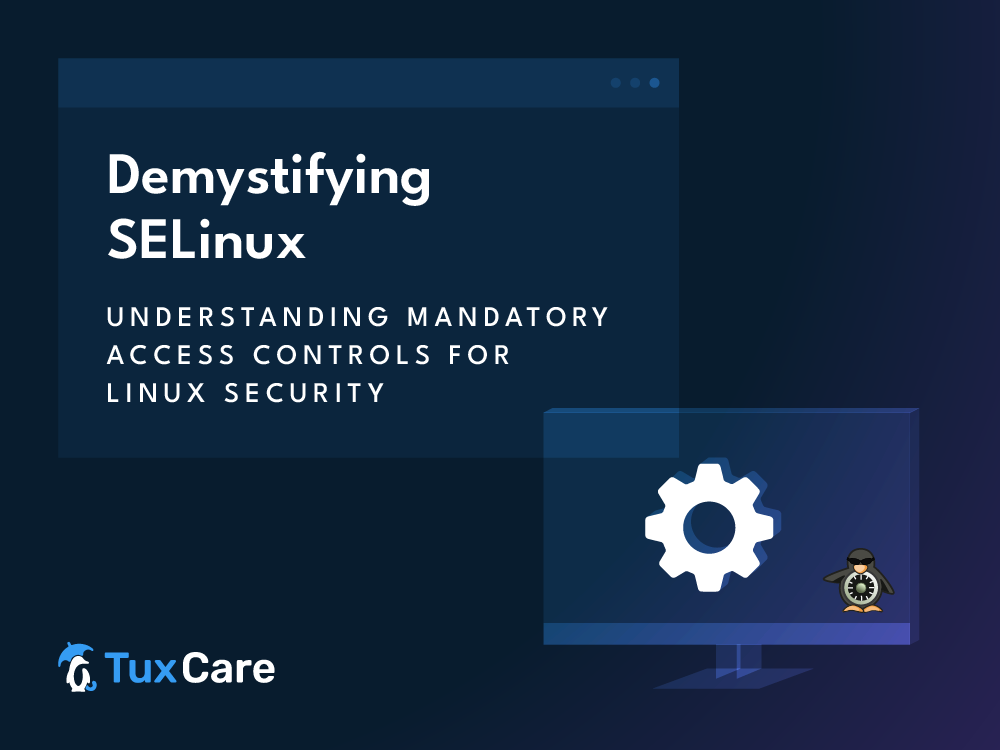Blog Series
Linux Tips & Patch Management
- No categories

Intrusion Detection in Linux: Protecting...
Safeguarding your Linux environment from potential threats is more critical than ever. Whether you’re managing a small server or an extensive network, having hands-on knowledge of intrusion detection systems (IDS)...
AI Hardware is Expensive. Here’s...
Computex 2024 is in full swing, and AI is everywhere. Hardware makers are embracing it as the best thing since sliced bread. However, if you’re planning your AI hardware deployments,...
Should Organizations Use the Gartner...
Organizations should shift from a traditional, static approach to cybersecurity to a more dynamic and risk-based approach. CARTA emphasizes the need for a dynamic security posture that adapts to evolving...
Understanding and Mitigating Privilege Escalation...
Privilege escalation is a critical security issue in Linux systems, potentially leading to full system compromise. The Dirty COW and Dirty Pipe vulnerabilities are popular examples of privilege escalation vulnerabilities...
4 Ways to Make Open-Source...
Modern software development evolves rapidly; open-source software streamlines many tasks and brings the appealing benefit of being collaborative and adaptable. However, when things are so openly available, security challenges inevitably...
Compounded Crisis: Change Healthcare’s Breach...
Two months ago, Change Healthcare, a linchpin in the U.S. healthcare system, fell victim to a sophisticated cyberattack by the infamous BlackCat/ALPHV ransomware group. The breach not only paralyzed numerous...
The Art of Linux Auditing:...
Linux auditing is a thorough analysis of your Linux IT infrastructure, uncovering potential gaps in security and compliance efforts. Regular auditing helps to detect security threats and identify suspicious activities...
Federal Support for Open-Source...
In an unexpected move, the U.S. Cybersecurity and Infrastructure Security Agency (CISA) has announced an initiative aimed at bolstering the security posture of open-source software developers. This initiative, as reported...
Understanding Linux Kernel Security for...
Linux kernel embodies a strong security design including least privilege, memory protection, user isolation, and frameworks for adding stricter access controls. Best practices for securing embedded Linux systems involve using...
Implementing Risk Compliance and Management...
Regular security audits and up-to-date patch management are essential for Linux compliance. User access control and robust network security are critical to safeguard Linux systems. Adapting compliance frameworks like ISO...
Demystifying SELinux: Understanding Mandatory Access...
In the realm of Linux security, one name stands out for its robustness and effectiveness: Security-Enhanced Linux. This powerful security mechanism, integrated into the Linux kernel, offers a sophisticated approach...
 Documentation
Documentation Login
Login
